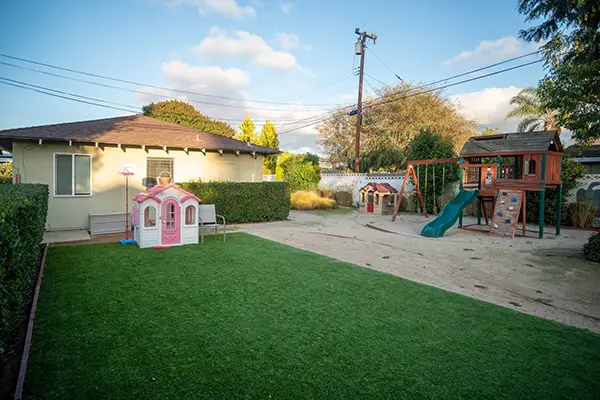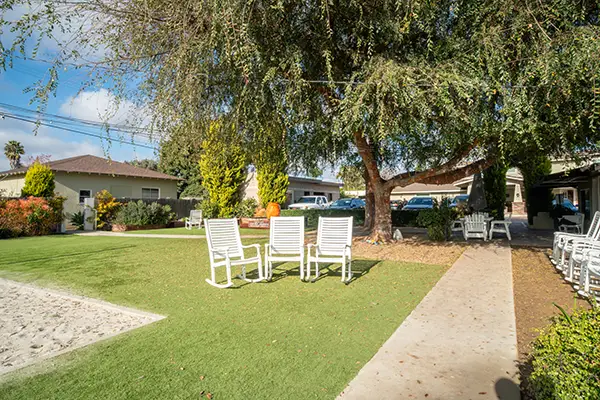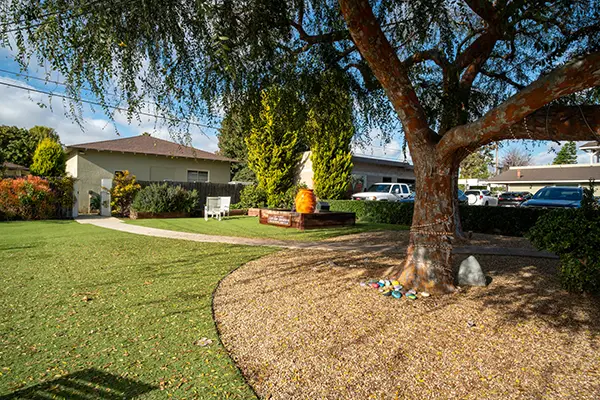 New Directions for Women has been in existence for forty years, specializing in providing addiction treatment to women, with particular care devoted to pregnant women and mothers with children. Essentially, we’re sub-specialists of a sub-specialty.
New Directions for Women has been in existence for forty years, specializing in providing addiction treatment to women, with particular care devoted to pregnant women and mothers with children. Essentially, we’re sub-specialists of a sub-specialty.
I’m entering this discussion as a board member and one of the 25 CEOs with the National Association of Addiction Treatment Providers, a group including everything from the smallest non-profits to the largest for-profits, and anything in between. What makes us valuable as a group is that we can combine our efforts to create amazing opportunities for very niche communities and come up with efficient, practical solutions to very complicated problems. Just some examples are recent advances in quality-control monitoring for recovery homes and addiction being recognized as a medical condition covered by insurance providers last year.
Drug and alcohol addiction has been one of the most enduring and difficult problems to tackle in the United States and abroad, which is exactly why we need lasting partnerships and dedicated teams working on the specific challenges presented in this cause. The pace towards progress is picking up, and there’s never been a better time to contribute time, money, and brainpower to tackling addiction at its source. You don’t have to be a treatment center to provide support to those in need. It could be as simple as going out to vote, or writing your city council a letter addressing the concerns you might have.
If you’ve ever shopped for a new home, you probably looked up the local amenities to see what’s available in the neighborhood. It might not make sense to buy a home for your family in a zone with no schools or parks nearby. Yet despite the widespread affliction of addiction, so many people look down on sober living homes being built in their area. The prevailing image is that recovery centers harbor dangerous or criminal people. Yet treatment providers, such as New Directions for Women, actually tend to be a beacon for the community, rather than a deterrent. We attract hardworking women, pregnant women seeking a better life for their unborn children, and mothers who want to learn the life skills to support their babies.
If you’ve ever been part of the New Directions family, or if you’ve visited our recovery homes, you might be familiar with our many family-oriented events and activities. From Community Open Houses to healthy, organic dinner parties to yoga, New Directions strives to offer recovery options and experiences that open up worlds of culture and new experiences to our women and children in recovery.
That’s truly what the purpose of a recovery center is, and should be—a community center where people who enter seek to better their lives and contribute to the world they call home. Recovery centers are not a harbinger of bad times or unpleasant neighbors; it’s an opportunity for our community members in need of support to lead richer, happier, healthier lives. As such, it’s important to welcome and encourage the construction of new recovery centers and to be champions of their cause, as long as they are providing quality care and are fully licensed and accredited.
I think Faces and Voices has provided us a pathway to begin to talk about being people in long term recovery, in all walks of life, so that we can break down the deep and wide river called denial, that stigmatizes this disease at all levels of our society. When the stigma decreases, we begin to realize we are not helpless, hopeless, we have all survived, we have similar upheavals in our personal and professional lives. Stigma is based in fear and fear is an absence of faith. It creates a mentality of scarcity when in truth we always need to come from a place of abundance.
Communities have two major misconceptions about treatment. First, they struggle to overcome their NIMBY syndrome (Not in my backyard!). They feel that treatment providers attract their worst fears (drug traffickers, criminals, etc.). This isn’t the case. The centers only offer a place for those suffering with a disease to find treatment. Second, communities only believe what they see. Until they physically see the substance use disorder issues in their community, they refuse to acknowledge their presence. Any community, any family, and child or mother can fall victim to addiction. Treatment centers don’t increase drug use, they prevent it. They help those who are suffering with it find help. The closer they are to a community, the more effective they can be. They are a lantern in a dark night, not a wild and open flame.
With a local recovery option, families won’t have to travel to seek help. Mothers and fathers won’t have to travel to see their children, wives and daughters. Loved ones can show up as an active participant for the recovery process and learn how to support each other while taking care of themselves, too.
The solution is simple and effective, but it takes some collaboration. All of us know the value of local business groups. Mom and pop shops coming together to help one another, and carry each other to success. If you work with a local business, you can discuss ways to help one another. Let’s say a coffee shop and realtor come together, the café can display business cards for the realtor, and the realtor can buy a coffee press and a bag of artisanal beans to warm up their client’s new homes. Suddenly, both businesses flourish from one another’s success.
Well, if a small community of businesses forms, then serious discussions can be made, not only regarding each other’s success, but about the grander scheme of your community. How is the health of your community? Are local policies working? If not, why?
We encourage you to start a local community group. Send a tweet or a direct Facebook message to a local business, and maybe arrange to meet once a month at a local diner or park. If each person reaches out to one or two others, soon you have a lobby group strong enough to change the path of your entire community. Start a Jeffersonian discussion. Talk about where your business is, where your community is, and where you want it to be in the future. Pick a topic of the month (education, infrastructure, recovery centers) and express your interests or concerns. Talk to one another and see things from a community perspective. If there is a serious concern raised among all of you (say, drug use among high school kids, or the quality of a local water source) then work together to find a solution. Write a letter to your mayor, or school board, and seek to find a community-specific solution that benefits everyone.
Let’s all work together and build a community that we can call our home forever!



